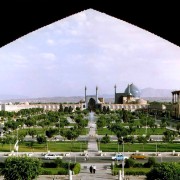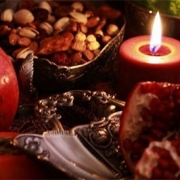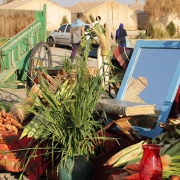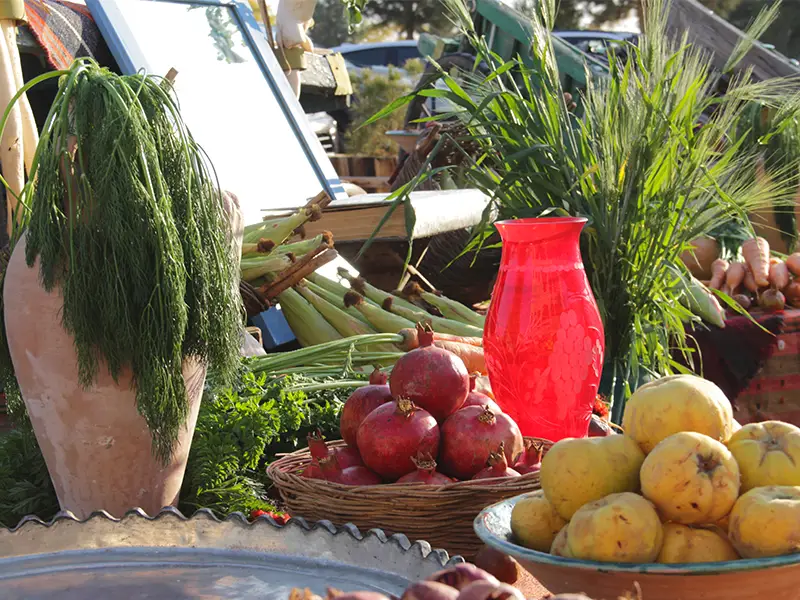Naghshe Jahan Square (Naqsh-e Jahan)
Every day in the tranquility of morning the sun rises over Naghshe Jahan Square and shines over the mosaic work of Sheikh Lotfollah Mosque to create a beautiful scene with cream and pink colors in front of your eyes.
Naghshe Jahan square is a showcase of the Safavid Dynasty, which makes it obvious to every visitor who takes a tour to Iran that Isfahan was the capital of Persia not too long ago.
The three main components of power in Persia during the Safavid days are present at Naqsh-e Jahan square. The bazaar as the merchant’s power, the mosque as the clergy’s, and the palace as the king’s power are gathered in this square.
Around Naghshe Jahan square sits hundreds of stores selling handicrafts unique to this city.
Two striking mosques face Imam Square. The smaller one, Sheikh Lotfollah was built for the women of the Shah’s harem. In your tour to Iran, if you have had a precise look at the numerous mosques of the country, you probably have realized that minarets and courtyards are among the main parts of a mosque. But Sheikh Lotfollah’s neither has minarets nor a courtyard because it was not for public use and the Shah decided to make it special.
Lattice windows, exquisite tile work, and elaborate decorations with light Turkish blue and dark Persian blue make the Imam mosques’ atmosphere calming and spiritually healing. Islam forbids images therefore mosques have decorative designs and scripts.
And there is the Shah’s palace on the opposite side of Sheikh Lotfollah Mosque. A six-story palace named Ali Qapu meaning “The Great Gate”. The king of Persia would sit on the terrace on the third floor of Ali Qapu to watch Chowgan (polo), maneuvers, and horse racing with his special quests. The walls and ceilings of rooms, corridors, and stairways are decorated by stunning paintings of Safavid artists.
Naghshe Jahan Square, a vitrine of the most beautiful artistic works from the Safavid era, became a UNESCO World Heritage site in 1979 and is the highlight of every culture tour to Iran.
If you are planning to visit Iran, here is the link to Iran online visa form.







